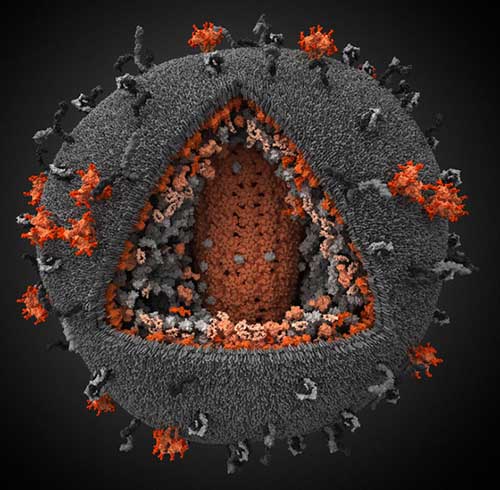A couple weeks ago, a friend and I drove down to San Francisco for MacWorld.
That’s not actually what I’m going to talk about. We met some folks, toured a submarine, and explored a cave system, but that’s not what I’m going to talk about either.
Instead, what I’m going to talk about is sex. And brain research.
On the drive back, we were listening to a book on tape about neurology, which talked a bit about a company called Neurosky that was making brain research available to everyone. And it talked a good deal about neurofeedback, and learning to change one’s brain states at will by using neurofeedback devices.
Now, Neurosky makes a full-fledged EEG machine on a chip. It’s starting to show up in toys, like the Mattel Mind Flex, which teaches meditation by reading the user’s brainwaves and letting the user control the toy with her mind.
Which, as I’m sure you can anticipate, got me to thinking about sex.
So the thing I’ve started pondering is the notion of a gadget a bit like the Mind Flex, only that runs a vibrator or some other sex toy. Which got me to wondering if sexual arousal, like meditation or concentration, is associated with a characteristic set of brainwave patterns.
So I am talking to someone in Seattle with a similar interest, and she might be able to get me access to a brain lab and an EEG. The first step would be to find out if sexual arousal can indeed be identified by a specific pattern of brainwaves. The next step would be to see if the Neurosky chip can be hacked to detect that pattern, and to run a sex toy like a vibrator. The third step would be to see, if all this works, whether or not it’d be feasible to actually build a self-contained, brain-operated sex toy system.
So for the first part, I am looking for volunteers willing to go to Seattle, get wired up to an EEG, and sexually aroused while their brainwaves are recorded. There are a few folks who I’ve talked to who are interested; any more takers?
Like this:
Like Loading...


